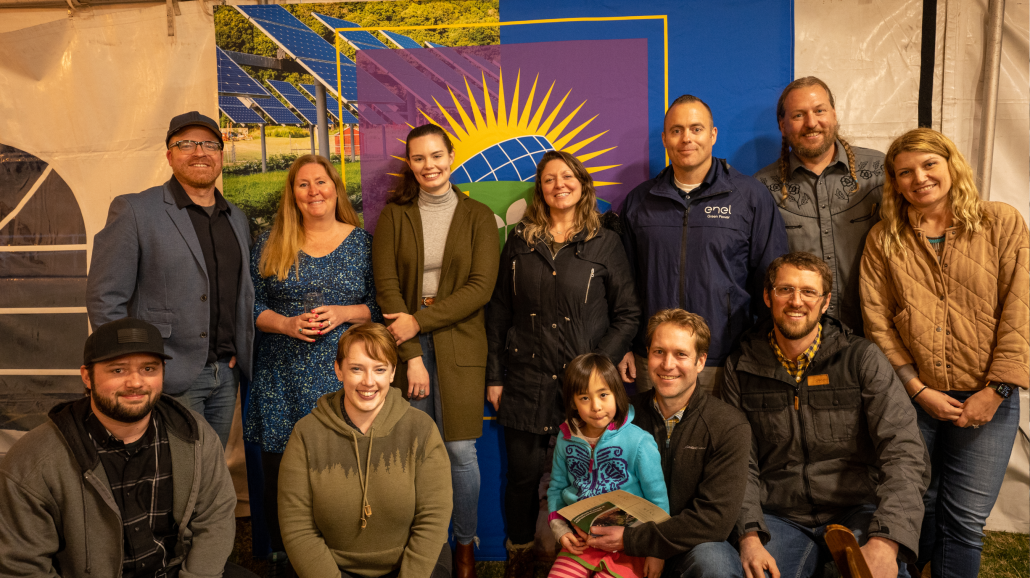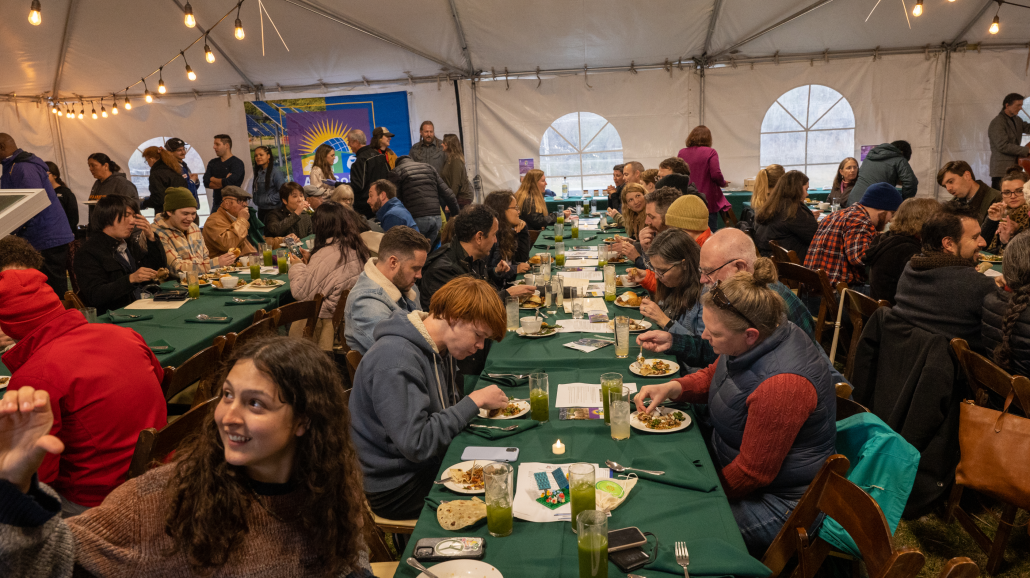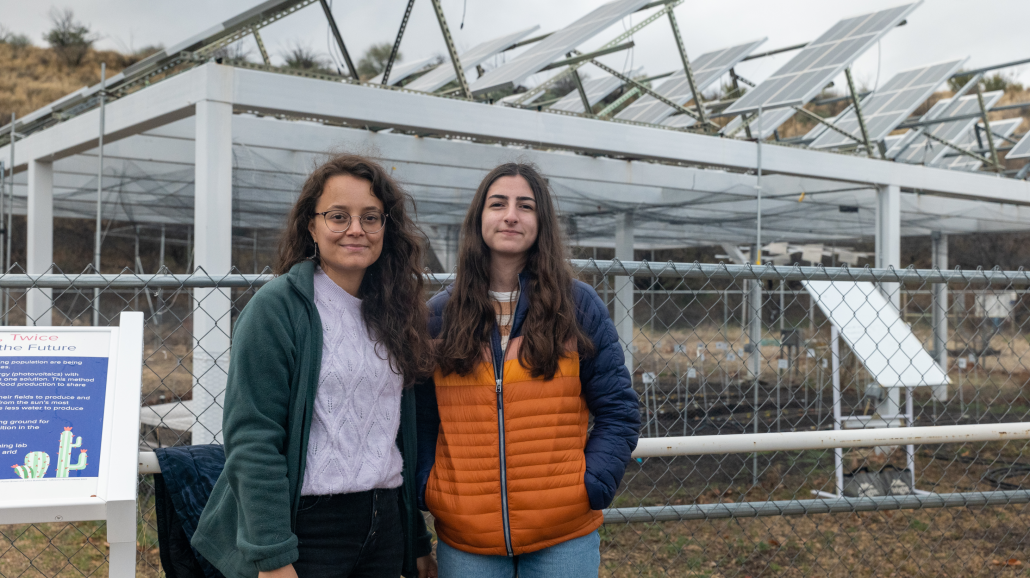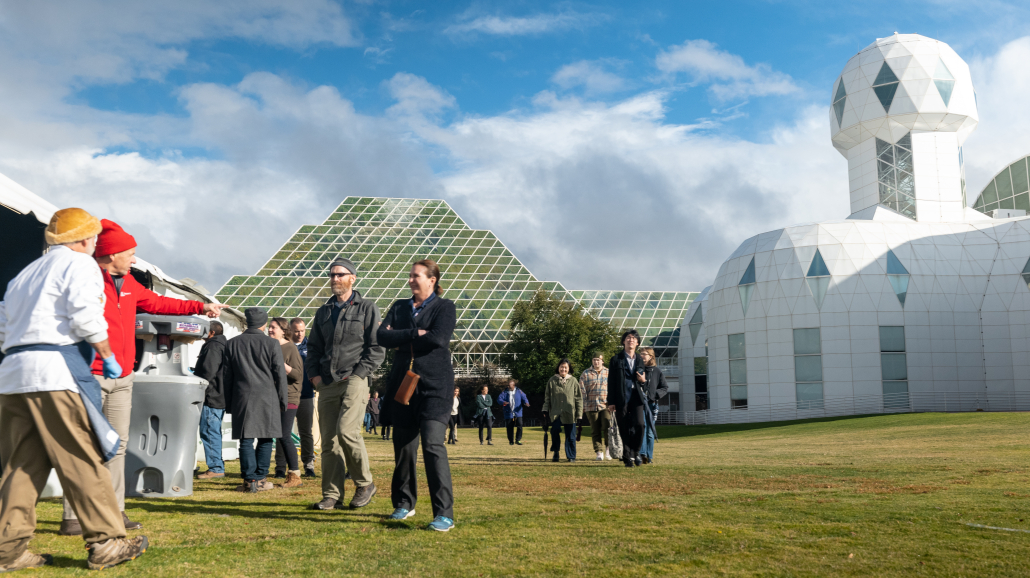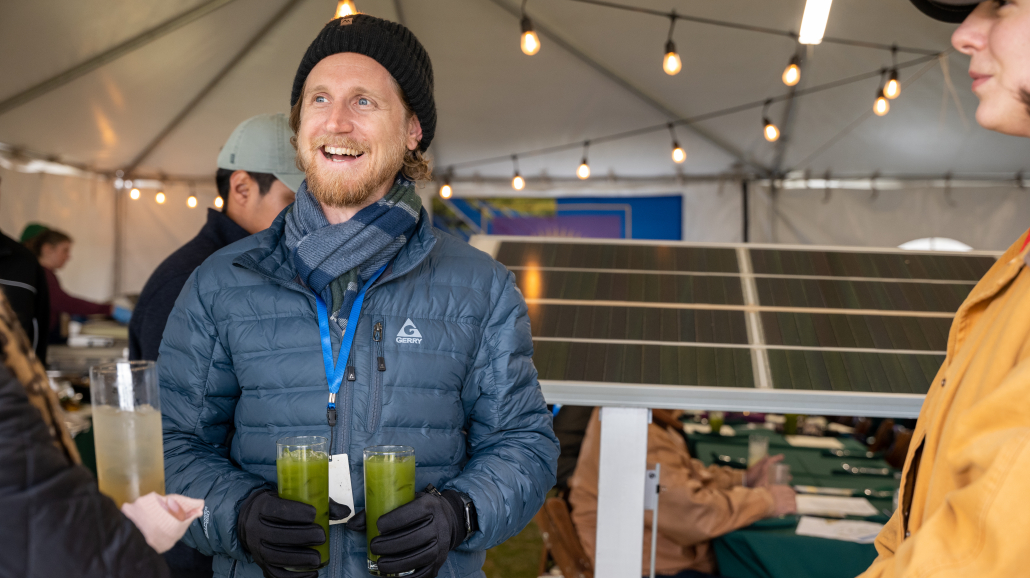Commodity or Specialty: Tracking Pollinator-Friendly SRECS
“The M-RETS platform—the leading renewable environmental attribute tracking system used by Fortune 25 companies, utilities, and regulators—this year will begin tracking an additional environmental attribute associated with grid-scale solar projects: a pollinator-friendly designation. M-RETS already tracks solar renewable energy credits (called S-RECs) and Minnesota is one of a number of states that have created an official standard and system recognizing solar projects that utilize ground cover that provides meaningful benefits to pollinators, song birds, and game birds.
This additional data gives solar energy buyers the opportunity to encourage the development of pollinator-friendly solar and stack additional environmental benefits on their energy purchase.” – M-RETS
This can be thought of as if your company is buying a commodity product or a specialty product. If these options are the same price, would your company prefer to buy a commodity SREC or a boutique SREC?
Spade Develops Agrivoltaic Software
“Solar developer and federal grant recipient Sandbox Solar has released a beta version of its agrivoltaic power plant software modeling tool that aids in the design and optimization of solar panels and the crops underneath.
Sandbox Solar, a solar contractor, has been developing a (software) tool, called Spade. Spade aims to help solar developers determine the best crop types and solar panel layouts for their projects. The tool made it into the fifth and final round of the Department of Energy’s “American Made” solar innovation program.” – PV Magazine
Spade is a stakeholder in the AgriSolar Clearinghouse.
Global Agrivoltaics Market Valued at $9.3 Billion
“Agrivoltaics, the combination of farming practices with energy produced by solar photovoltaics (PV), is forecast to become a $9.3 billion marketplace by 2031, growing at a compound annual growth rate (CAGR) of 10.1% in that timeframe from $3.6 billion a year ago, according to a research note by India-based market research company Allied Analytics.” – PV Magazine
Solar Could Play Important Role in Cannabis Industry
“Solar energy and cannabis cultivation are old bedfellows. PV pioneer John Schaeffer has even credited solar with facilitating the northern California cannabis industry, which in turn supported the nascent PV sector. Now, as the legalization of medical and recreational cannabis gathers pace, solar continues to perform a key role.
Canndescent Senior Director of Compliance Andrew Mochulsky told PV Magazine the Colorado Desert’s unrelenting sunshine and limited cloud cover make solar a no-brainer. ‘We’re in the heart of solar and wind country so it made sense to bring solar online,’ he says. ‘We also think it’s just the right thing to do.’”– PV Magazine

